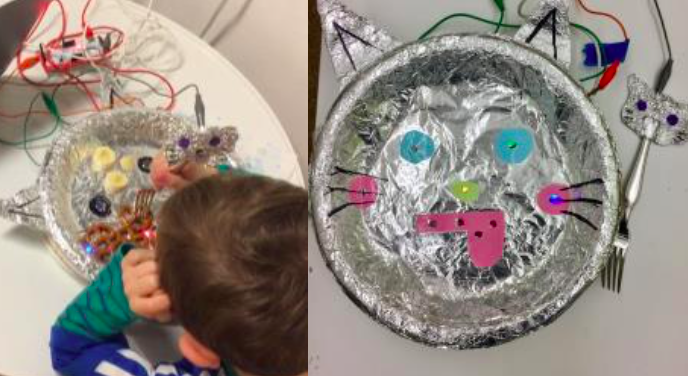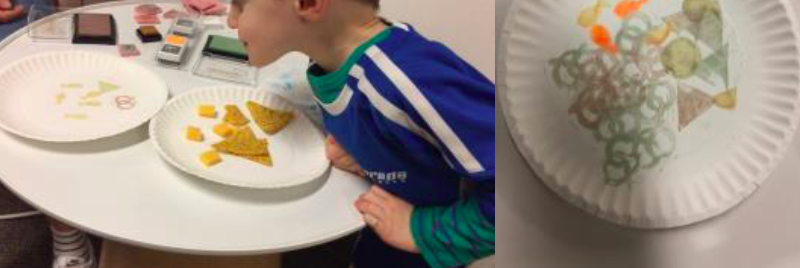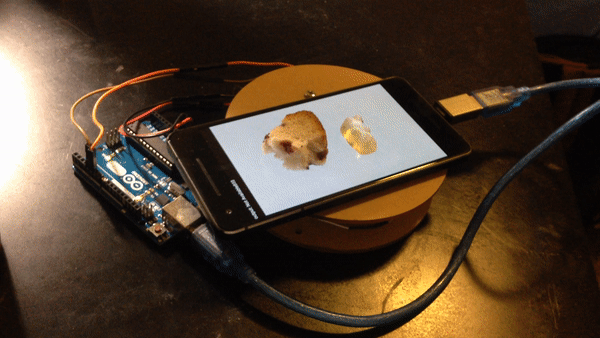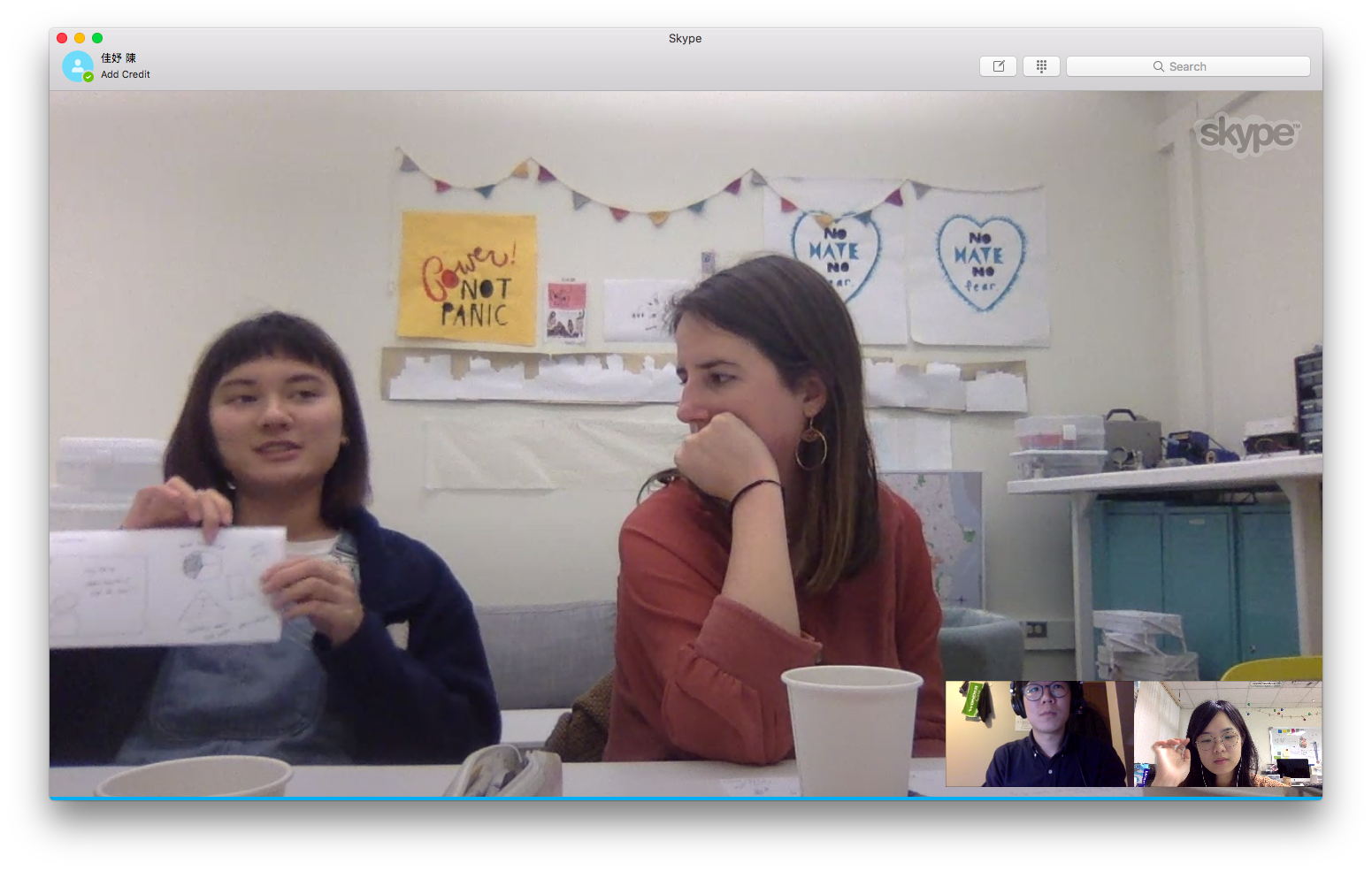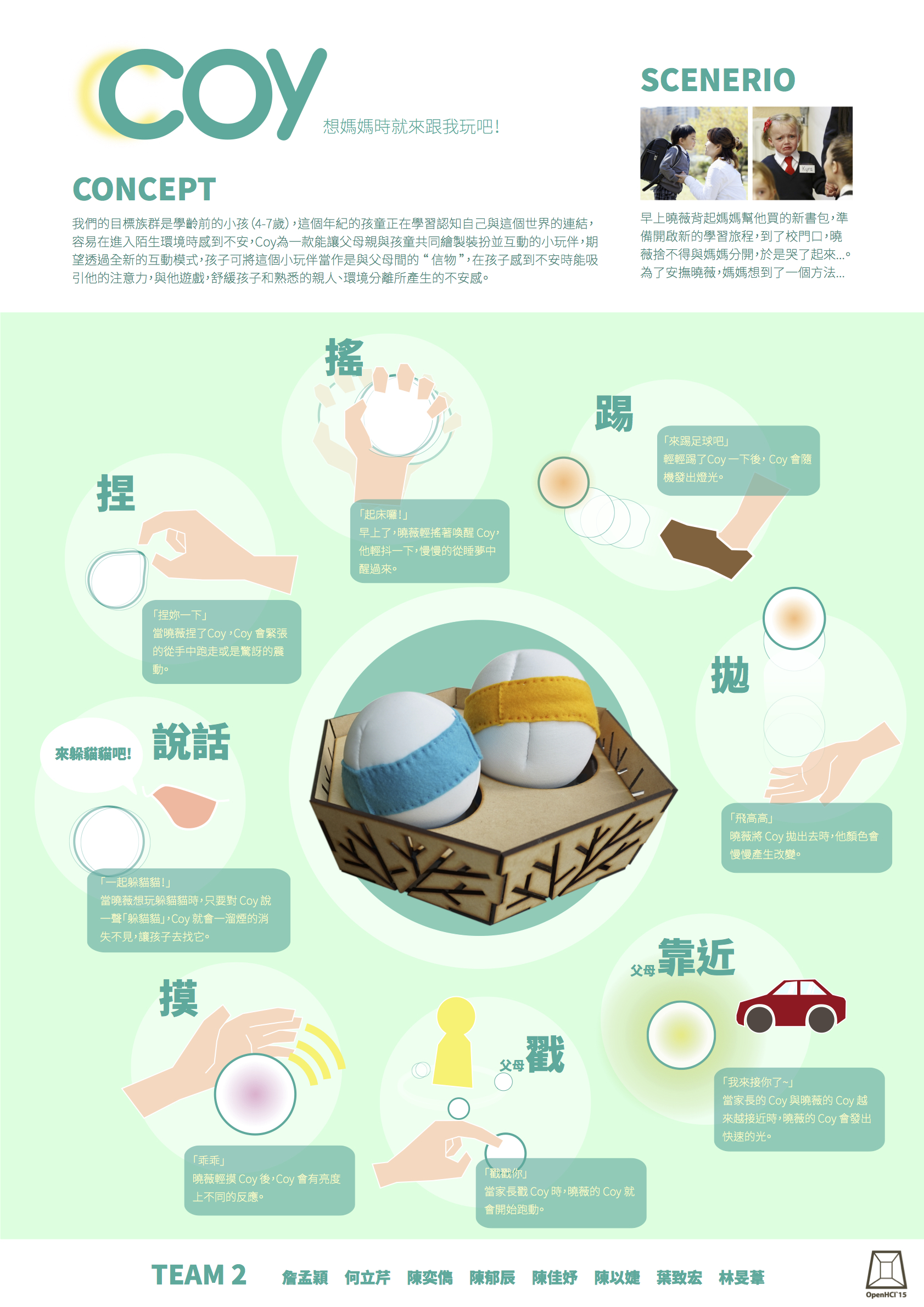Hello! I'm ChiaYu.
I am a product designer and user researcher passionate about building products that people can count on in their daily life. I support organizations in finding the intersection of user needs and business opportunities.
I'm now working on web and product design with startups on a freelance base. I've worked for CuboAi, PEBBO, and academic institutions.
When it comes to design, I'm a generalist. I design, research and code. I enjoy being a hybrid contributing to every aspect related to products and people.























